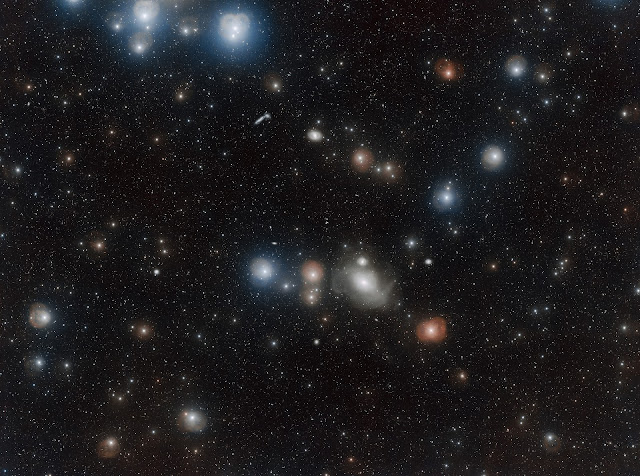The Sky around Reflection Nebula IC 2631 | ESO
A newly formed star lights up the surrounding cosmic clouds to create the blue reflection nebula IC 2631 at the center of this striking panorama of gas and dust clouds in the southern constellation of Chameleon. This picture was created from images forming part of the Digitized Sky Survey 2.
Distance: about 500 light years
Credit: European Southern Observatory (ESO)/Digitized Sky Survey 2
Acknowledgement: Davide De Martin
Release Date: February 10, 2016
#NASA #ESO #Astronomy #Space #Science #Star #HD97300 #Nebula #IC2631 #Chamaeleon #Constellation #MilkyWay #Galaxy #Cosmos #Universe #Telescope #Chile #Europe #STEM #Education










